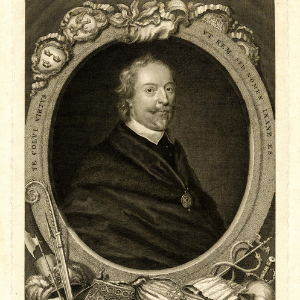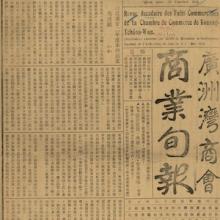Trade

Frontispiece of Sir Thomas Roe
This image is the frontispiece of Sir Thomas Roe (ca. 1581-1644) from the book The Negotiations of Sir T. Roe in his Embassy to the Ottoman Porte from the year 1621 to 1628, a collection of his correspondence during his time as the English ambassador to the Ottoman Empire.

Salt Fields in Solinen, Russia
This stereograph, captioned "A reservoir after evaporation – turning up the salt – salt fields, Solinen, Russia," is an image of female workers breaking up the crust of salt formed after the evaporation of a reservoir and forming the salt into mounds for later collection.

Short Teaching Module: Colonialism and Local Power
Colonialism and imperialism can take many forms, but more often than not these do not entail direct and strict control from a distant imperial metropole.

Hangzhou elites in 1935
The image shows an eclectic group of elites in Hangzhou in 1935, including Shanghainese gangster-businessmen Du Yuesheng and Zhang Xiaolin, Peking Opera star Mei Lanfang, Mayor of Hangzhou Zhou Xiangxian, and Japanese Consul at Hangzhou Yuzo Matsumura.

ORBIS: The Stanford Geospatial Network Model of the Roman World
This is a useful tool for educators to model how the Roman empire operated, as well as what those operations may have looked like in practice.
Chive Pocket Watch (Reloj de bolsillo tipo cebollón)
This object dates from the seventeenth century. It features a glass front and silver casing. The inscription reads "Tompion London," meaning that it was manufactured in England’s capital city. Tompion began producing this kind of pocket watch around 1658 with inventor Robert Hooke.

The People’s Map of Global China
This website maps the international activities of Chinese businesses or government affairs, to create an idea of “Global China.”History21
The most meaningful goal of this site is its emphasis on epistemology, and students learning how to think historically.
Colonial North America at Harvard Library
Colonial North America at Harvard Library is an ambitious project that seeks to digitise Harvard’s vast collection of materials related to the North American colonies, circa the 17th and 18th centuries.
"The Money Market" Article
The London Evening Standard reported in 1881 that one transaction from the Sursuq (Sursock) and Debbas families caused the French stock market to decline. The Levantine companies had accumulated significant capital from silk and futures trading throughout the mid-nineteenth century.